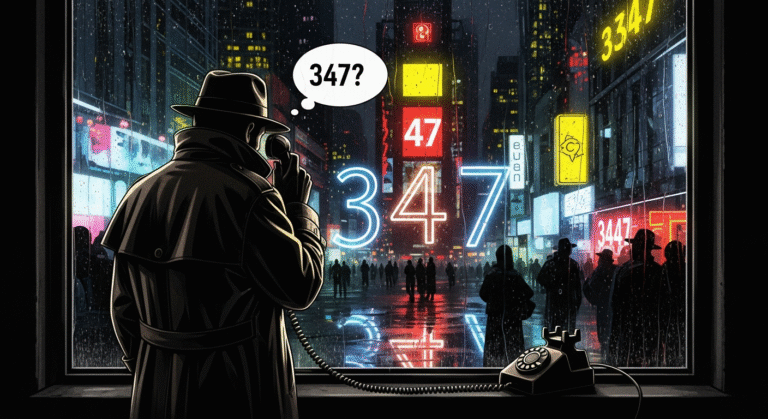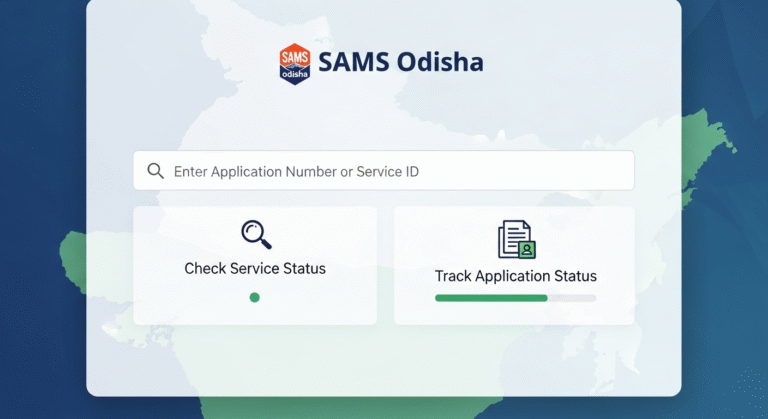Understanding 40GBASE-LR4 Optical Modules in Modern Networks
Introduction
When people talk about 40G networking, the 40GBASE-LR4 module often comes up as one of the more practical solutions. It is not the newest or the fastest transceiver on the market, but it sits in an important spot. Data centers that need stable 40G connections over longer distances usually turn to LR4. The name itself gives away some of its meaning: “LR” refers to long reach, and the “4” points to the use of four separate wavelengths. It is a standard designed to push 40G signals over single-mode fiber, covering distances that go beyond what short-range optics can do.
How the Module Works
The 40GBASE-LR4 module doesn’t just throw a 40G signal down the fiber. Instead, it splits that signal into four parallel channels, each running at 10Gbps. These channels are then mapped onto different wavelengths, usually in the 1310nm range. On the receiving side, the module brings those four lanes back together into a single 40G data stream. This kind of multiplexing makes it possible to extend transmission over 10 kilometers without needing expensive amplification or regeneration.
The use of CWDM (coarse wavelength division multiplexing) inside such a compact transceiver is clever. It lets data centers reuse standard single-mode fiber while keeping the module size small, in the familiar QSFP+ form factor. For network operators, it means they can scale their backbone or aggregation layers without replacing existing cabling.
Why 40GBASE-LR4 Still Matters
With the industry buzzing about 100G, 200G, and even 400G deployments, someone might ask whether 40G modules like the LR4 are still worth talking about. The answer is yes, because not every network runs at the bleeding edge. Many enterprise data centers, university networks, and regional service providers still rely heavily on 40G. It’s a proven speed that balances performance with cost.
Upgrading from 10G to 40G using LR4 modules is straightforward, especially for links that stretch across campus backbones or between data center halls. The technology has matured, which means modules are more affordable and well supported across different switch vendors. For organizations that don’t need 100G just yet, LR4 provides a safe middle ground.
Common Deployment Scenarios
A typical use case for a 40GBASE-LR4 module is connecting two switches in separate buildings across a university campus. The distance is too long for SR4 modules that rely on multimode fiber, but not long enough to justify coherent optics. In these setups, LR4 provides clean and reliable performance.
Another scenario shows up in metro networks where service providers offer 40G business connectivity. An LR4 transceiver can be slotted into standard equipment, run over dark fiber, and deliver a high-bandwidth link without complicated engineering. It also finds a role in data centers, especially as uplinks from the server aggregation layer to the core switches.
Compatibility and Practical Notes
One of the advantages of LR4 modules is wide compatibility. Since the 40GBASE-LR4 standard is well defined by IEEE, most modules from different vendors can interoperate as long as the fiber quality is good. The QSFP+ form factor also makes them hot-swappable, which simplifies maintenance.
From a practical standpoint, engineers do need to pay attention to fiber cleanliness and connector quality. Long-reach optics are more sensitive to dust and scratches, so regular inspection is a must. Power consumption is generally higher than SR modules, but still manageable in modern switch platforms. Typical LR4 power draw hovers around 3.5 watts, which is acceptable for most environments.
Looking at the Market Side
The 40GBASE-LR4 market has been steady for several years. Prices have come down, making it more approachable for mid-sized enterprises. Third-party optical vendors, such as QSFPTEK and others, offer fully compatible versions at a fraction of the branded cost. For budget-conscious teams, that’s a huge plus.
Another factor is lifecycle planning. Some network managers are hesitant to move directly from 10G to 100G, preferring an intermediate step. The LR4 provides that stepping stone. It lets them redesign their topology at 40G first, test stability, and only later think about moving to 100G. This staged approach is less disruptive and spreads out the investment.
The Transition Beyond 40G
It is true that 40G won’t dominate forever. The industry’s momentum clearly points to 100G and above. Yet technologies don’t vanish overnight. For the next several years, 40GBASE-LR4 will continue to serve networks that don’t need to double their speed. Think of it as the workhorse — not flashy, but dependable. When budgets are limited or the application doesn’t demand ultra-high throughput, LR4 remains a logical pick.
Some engineers even argue that 40G is the “sweet spot” for a lot of mid-tier networks. It provides four times the bandwidth of 10G without the immediate jump to more expensive 100G gear. In that sense, LR4 continues to bridge the gap between old and new generations of networking.
Conclusion
The 40GBASE-LR4 module is more than just a piece of optical hardware. It represents a balance point in the evolution of networking: long reach without excessive cost, reliable bandwidth without overengineering. While it may eventually give way to faster standards, today it still plays a crucial role in countless networks worldwide.
Whether in a campus backbone, a metro link, or a data center core, LR4 optics keep information flowing smoothly. And in an industry where stability and predictability matter just as much as speed, that makes 40GBASE-LR4 a module worth holding onto.





